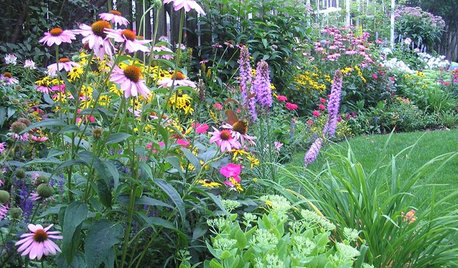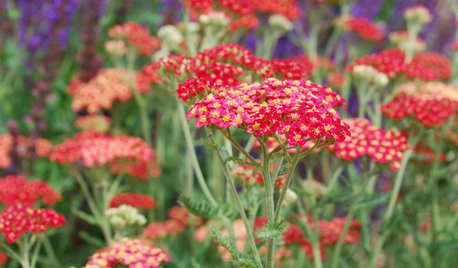Compost Tea and Hydroponics
hank_mili
18 years ago
Featured Answer
Comments (19)
willardb3
18 years agohank_mili
18 years agoRelated Professionals
Foothill Ranch Landscape Architects & Landscape Designers · Washington Landscape Architects & Landscape Designers · Waterbury Landscape Contractors · Belmont Landscape Contractors · Duarte Landscape Contractors · Fort Atkinson Landscape Contractors · Fridley Landscape Contractors · Laguna Hills Landscape Contractors · Lemont Landscape Contractors · Mercedes Landscape Contractors · Natick Landscape Contractors · Newberg Landscape Contractors · Paramus Landscape Contractors · Tewksbury Landscape Contractors · Clearfield Landscape Contractorswillardb3
18 years agohank_mili
18 years agocavemangardener
18 years agowillardb3
18 years agohank_mili
18 years agowillardb3
18 years agowillardb3
18 years agohank_mili
18 years agohank_mili
18 years agocavemangardener
18 years agohank_mili
18 years agodesade
17 years agoedurink
17 years agomikey10
11 years agogordonace
11 years agoPiet Maritz
7 years ago
Related Stories

GARDENING GUIDESGet on a Composting Kick (Hello, Free Fertilizer!)
Quit shelling out for pricey substitutes that aren’t even as good. Here’s how to give your soil the best while lightening your trash load
Full Story
GARDENING GUIDESHouzz TV: Make a Worm Bin for Rich Soil and Happy Plants
A worm-powered compost bin that can fit under a sink turns food scraps into a powerful amendment for your garden. Here’s how to make one
Full Story
PRODUCT PICKSGuest Picks: Fall Entertaining Favorites
Make autumn feasts a piece of cake with chic compostable plates, pretty glasses, pie accessories and more
Full Story
SMALL HOMESHouzz Tour: Teatime for a Tiny Portable Home in Oregon
A tearoom, soaking tub and bed of tatami mats recall Japan in this 134-square-foot house on wheels
Full Story
FALL GARDENING5 Ways to Put Fall Leaves to Work in Your Garden
Improve your soil and yard the organic way with a valuable garden booster that grows on trees
Full Story
LANDSCAPE DESIGNTry Slow Gardening for Some Unexpected Benefits
Why set your garden on the fast track? Here's how to relax and enjoy it in an entirely new way
Full Story
GARDENING GUIDESCalifornia Gardener: What to Do in July
Active green thumb or not, top priorities for peak fruit and veggie season: watering, feeding, keeping up with growth
Full Story
GARDENING GUIDESHow to Keep Your Citrus Trees Well Fed and Healthy
Ripe for some citrus fertilizer know-how? This mini guide will help your lemon, orange and grapefruit trees flourish
Full Story
GARDENING GUIDESTexas Gardener's February Checklist
Show roses some love around Valentine's Day and set the stage for future garden growth with seeds and starts
Full Story
MOST POPULAR33 Magic Household Cleaning Tips
Houzzers from around the world share their tips for transforming housework into child’s play
Full StoryMore Discussions






mikey10